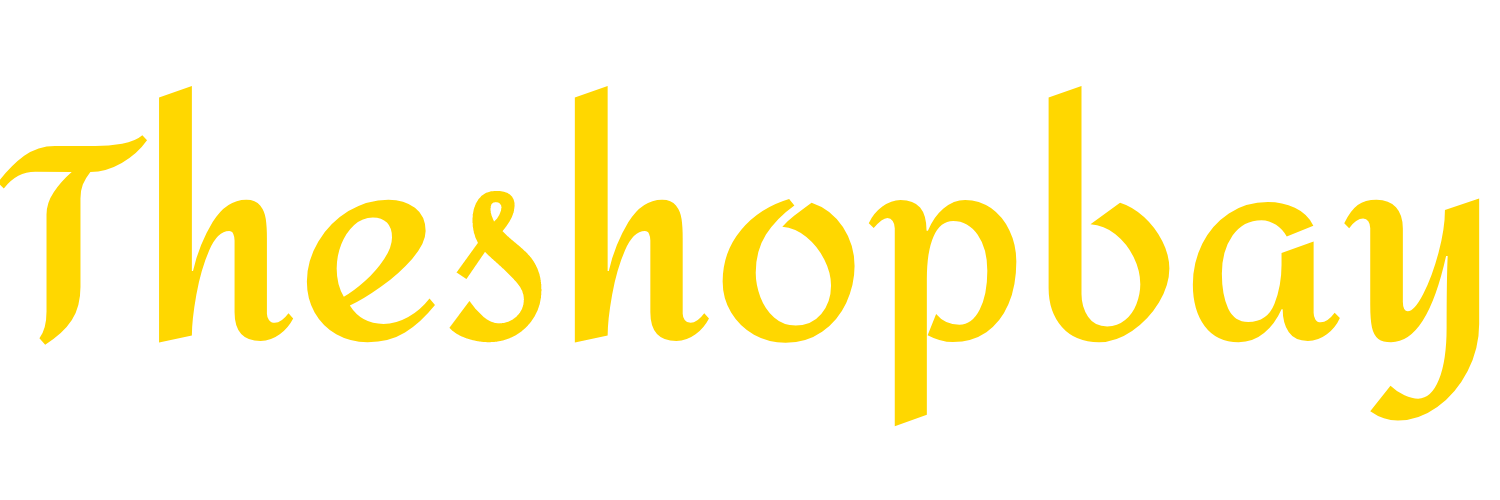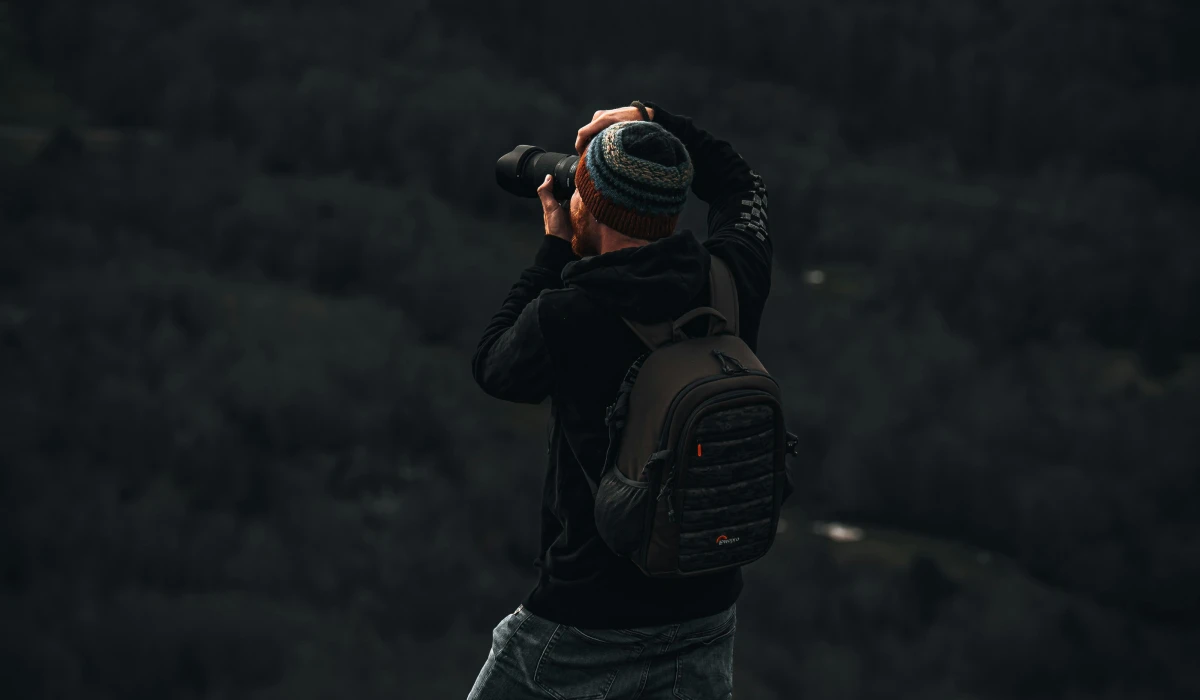Introduction
Yes, you heard it right. Sony a9 III is the world’s first full-frame camera with a global shutter. The introduction of this technology pushes the camera capabilities in many ways but has some downsides as well. The Sony a9 III has great ergonomics, an incredible autofocusing system, and photo and video capabilities. The a9 III is available in the market for $6000.
Sony a9 III Review Key Specifications
- Newly developed full-frame stacked 24.6 MP Exmor image sensor with global shutter
- Dual multi-slot card for SD (UHS-I/II complaint) and CFexpress Type A card
- 759 points phase-detection AF
- Human, Animal, Bird, Insect, Car, Train, and Aeroplane subject recognition
- ISO range of 250–25600
- 9.44M Dots EVF
- 2M Dots fully articulating rear screen
- Maximum shutter speed of 1/80,000 sec
- Up to 8 stops in-built image stabilization
- 120fps high-speed shooting
- NP-FZ100 battery
- Weight: Approx. 617g
- 4K/120p no crop video
- Pre-burst capture
Sony a9 III Review – Body, Handling, and Performance
The Sony a9 III has a 24-megapixel full-frame brand-new sensor with a global shutter. This also means the elimination of the mechanical shutter, as unlike a conventional stacked sensor which reads the sensor from top to bottom, the global shutter reads the entire sensor in one go which has huge benefits, especially for action photography.
The Sony alpha 9 III is easily Sony’s best-handling camera. The camera grip is secure and comfortable which is especially helpful when working with heavy lenses. The camera weighs only 617g and includes 3 top control dials and a pair of dual settings dials for photo, video, shooting modes, and burst and AF modes. You also get a rear joystick dial and no less than 5 custom buttons, everything placed really well on the camera.
The real panel screen is fully articulating just like the Sony A7R V. You get a high-resolution 9.44M dots EVF which is the same as the Sony A1. However, if we compare, the Sony A1’s resolution drops while working with high refresh rates, which is not the case with the Sony A9III for up to 120hz.
Talking about the ports, the camera includes full HDMI, ethernet connection, classic USB, micro-USB, and headphone and microphone jack. The card setup is like the other Sony cameras and supports Dual CFexpress type A cards and dual SD cards. Nonetheless, the camera does not support the latest CFexpress 4.0 protocol which is strange given how fast the camera is.
Autofocus and Photography Performance
The Sony a9 III is mainly a sports, action, and wildlife camera, or one can say to shoot anything that moves fast. This is because the global shutter not only unlocks insanely fast shutter speeds but also very high burst rates. For continuous burst rate, the camera is capped at 1/16,000 sec which is still a lot. You can however go up to 1/80,000 sec for a single shot which is extremely quick. The Sony alpha 9 III can shoot 120 shots/sec burst rates without slowing down or lacking focus. Even at such a high burst rate the camera functions exactly the same. However, 120fps works only with compatible lenses and is limited to 15fps with third-party lenses.
The buffer holds 200 RAW frames which fills up at less than 2 sec at maximum speed. It takes longer to clear the buffer due to the slower CFexpress Type A cards. However, practically 120fps is not required at all times, so as a solution you can shoot up to 30fps, which is fast as well, and use the C5 button to quickly switch to 120fps when required.
This is the first Sony camera to have a pre-capture mode, which is always a good to have feature, to ensure the photographer does not miss out on any action or key moment.
Global shutters do have downsides as well. One, when we talk about low light, the camera does a great job shooting in Jpeg mode, as the camera does an incredible job of processing the image to remove the noise. However, while shooting in RAW, it is a different story, as the ISO performance is not as great as some of the full-frame cameras we have today.
The other reason is dynamic range. The Sony a9III can just not absorb as much light as compared to a conventional sensor. The base ISO for this camera is 250 versus the 64 or 100 ISO we see in other cameras that can produce better dynamic ranges. Having these downsides, in no way means that the camera does not perform well in these situations, it still does an amazing job of producing great-quality images. The ISO is sufficient for action, wildlife, or action photography along with the accurate colors and skin tone the camera provides.
The 759-phase detection focus points and the incredible AI-powered subject detection allow extremely rapid and accurate autofocus in most situations. Face detection works with far subjects as well and follows persistently even when the primary subject is temporarily obstructed by obstacles. The smart focus also does a great job of switching between birds and animals. You can, however, set the specific subject detection based on your need. The bottom line is the camera rarely misses focus and is great for professional sports, wildlife, or action photography.
The Sony alpha 9 III boasts up to 8 stop in-body stabilization for supported lenses which is matched to the Canon EOS R3 and is above the Nikon Z9 or Sony’s own A9.
One great thing about the global shutter is the absence of a rolling shutter, and the reason is its technology, as the global shutter unlike the conventional shutter reads the entire sensor in one go.
Video
The a9 III has all the latest advancements for recording video. Things like breathing compensation, focus map, and not to forget the amazing articulating screen which was only available in the Sony A7R V earlier. It has 4k/60fps which is super-sampled using the full 6k sensor width or 4k/120fps with pixel binning. While shooting manually, you also get Sony’s heatmap which has an auto framing that allows you to move around while filming yourself. One new feature the camera has is the recording of 48th or 98th of a second if you are shooting at 24fps.
The global shutter, like in stills, also impacts the dynamic range and low light performance of the sensor, which is not bad, but it means it performs more like a modern cropped sensor. However, the best part is the global shutter along with the amazing in-body stabilization is that it produces a very professional and cinematic video.
The handling is dramatically improved, and the autofocus system is fantastic. The results are incredibly stable with the camera’s stabilization mode. This means you can do a walk-and-talk shot comfortably. There is no rolling shutter in the video too, which is great. The Sony a9III is an extremely versatile tool and one of the best cameras you can get in the market today for video.
Battery Performance
Like most recent full-frame cameras, the Sony a9 III uses the NP-FZ100 battery. While using the rear screen the battery powers the camera to take 530 shots as per the CIPA standard tests, while it drops to 400 shots using the viewfinder. The battery life can be significantly increased by adding the VG-C5 vertical grip.
Pros and Cons
Pros
- Comfortable ergonomics, secure grip, and customization options
- Reliable autofocusing and incredible AI-powered subject detection system
- Spectacular speed in photo and video
- Global shutter boosts the camera capabilities
- No resolution drop for EVF at high refresh rates
- No rolling shutter
- 8-stop in-body stabilization
Cons
- High-demanding shots may raise concerns about battery life.
- Base ISO of 250
Comparison
| Sony a9 III | Canon EOS R3 | Sony a1 | Nikon Z9 | |
| Price | $6000 | $6000 | $6500 | $5500 |
| Pixel | 24 megapixels | 24 megapixels | 50 megapixels | 46 megapixels |
| Burst Speed | 120fps | 30fps | 30fps | 30fps |
| Max. Shutter Speed | 1/80,000 | 1/64,000 | 1/32,000 | 1/32,000 |
| ISO Range | 250-51200 | 100-204800 | 100-102400 | 64-102400 |
| Pre-capture | Yes | No | No | Yes (Jpeg only) |
| Video Options | 4k/120P | 6K/60P | 8K/30P | 8K/60P |
| IBIS | Yes | Yes | Yes | Yes |
| EVF | 9.44M Dots | 5.76M Dots | 9.44M Dots | 3.69M Dots |
| Rear Screen | 2M Dots | 4.1M Dots | 1.44M Dots | 2.1M Dots |
| Card Slots | Dual CFexpress Type A / UHS II SD | 1 CFexpress Type B / 1 UHS II SD | Dual CFexpress Type A / UHS II SD | 2x CFe Type B / XQD |
| Dimensions | 136 x 97 x 83 mm | 150 x 143 x 87 mm | 150 x 143 x 87 mm | 149 x 150 x 91 mm |
| Weight | 702g | 822g | 737g | 1340g |
Conclusion
The Sony a9 III is best suited for photographers who are primarily into action, sports, or wildlife photography. It has comfortable ergonomics, a reliable autofocusing system, subject detection, high speed, and amazing photo, and video capabilities. The introduction of a global shutter has unlocked and extended the camera’s potential. However, on the downside, we have an ISO with a base of 250, low light photography, and dynamic range, which in no way is bad, but does have certain limitations.









